Types of lenses used in Cataract and Lens Replacement Surgery
Lenses are best categorised by their function, in other words how much of a range of focus do they provide ?
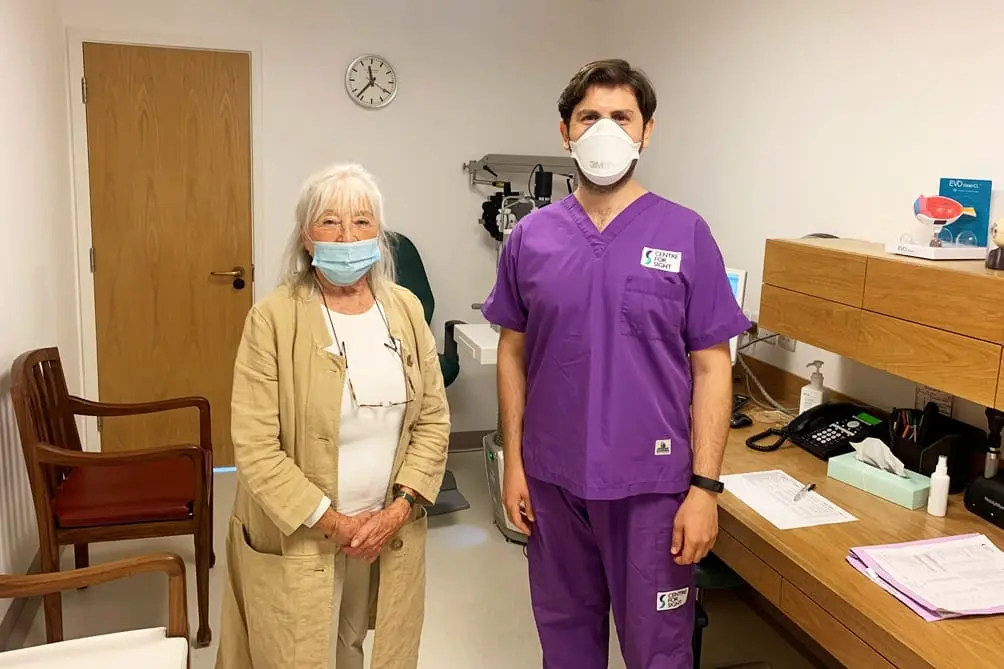
A FULL RANGE of focus (FROF) lens provides Distance, Intermediate and Near vision without glasses
An INCREASED RANGE of focus lens if set to correct distance should provide intermediate vision (computer monitors, car dashboard).
FULL RANGE OF FOCUS LENS
Reliably provides Distance, Intermediate and Near vision without glasses.
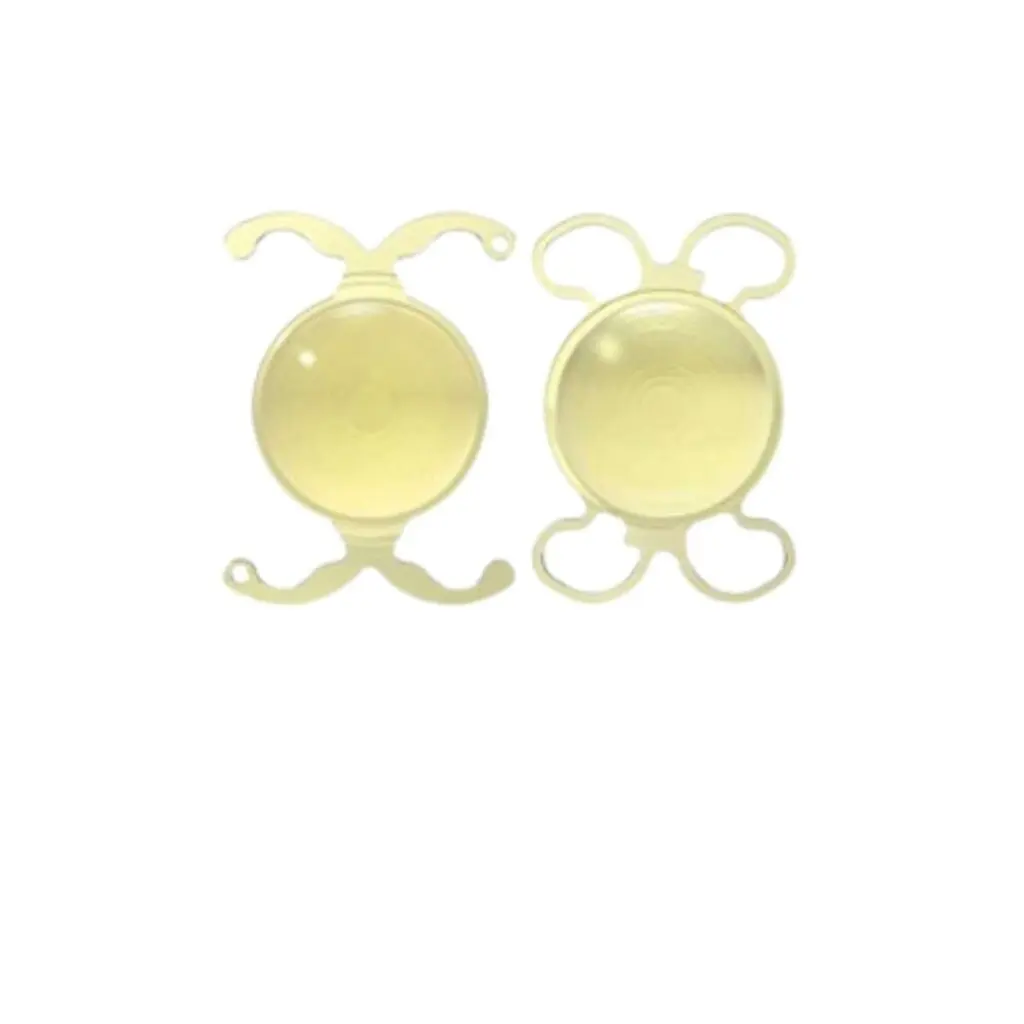
Trifocal Multifocal Lens
This is the most common type of lens used at Centre for Sight (since 2011) to provide a full range of focus. More than 90% of patients undergoing lens surgery are lucky enough to be suitable and undergo cataract or lens replacement surgery with this type of lens implant. The advantage of this lens is it reliably provides correction of distance, intermediate and near vision, in other words a full depth of focus, eliminating or reducing the need for glasses.
Suitability for the lens implant is determined at consultation when numerous tests including the optical properties of the cornea and tear film are evaluated. To work well, these high performance lenses require a cornea with good optical properties as well as a surface free of dryness and no streaky tear film. Patients must understand the concept of adaptation or neuro-adaptation which involves the brain becoming accustomed to the new sophisticated optical system to pick up and interpret useful information. The lens has microscopic rings which provide near and intermediate vision and as a consequence patients may well experience transient halos that disappear with adaptation. Visual ability also improves with time from gradual neuro-adaptation.
Trifocal – PiggyBack Lens
For those who have already had lens replacement / exchange or cataract surgery and were not lucky enough to have a trifocal lens, there is an option of adding in a trifocal lens implant on top of the existing lens. This is also available at primary cataract surgery. For instance if someone has Glaucoma or macular degeneration, they may in time have a problem with the presence of a trifocal implant and may require removal. As an add-on lens placed on top of a monofocal, the lens can easily be removed from the eye. It is however reassuring that multifocal lenses have been in use at Centre for Sight since 2002 and to date no lenses have required removal for glaucoma or macular degeneration.
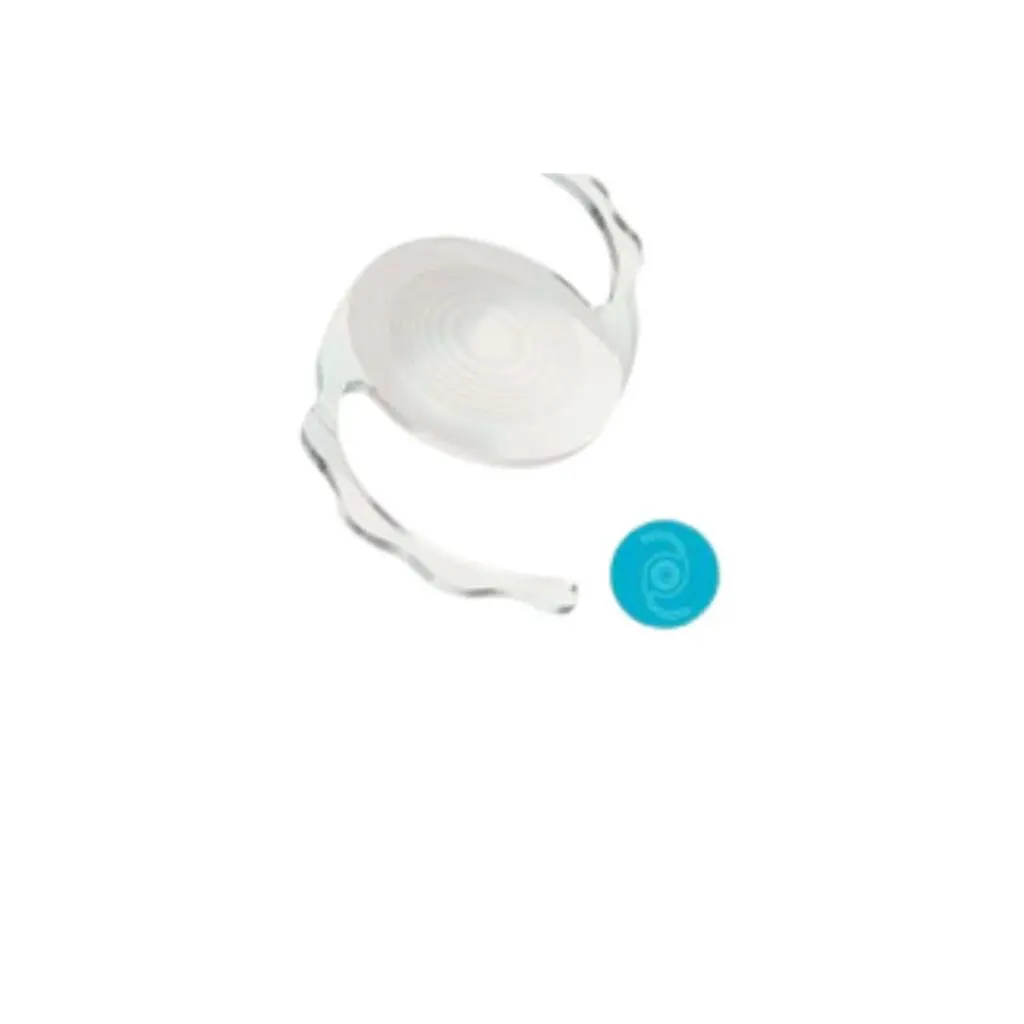
INCREASED RANGE OF FOCUS LENSES (IROF)
This type of lens referred by some as an EDOF (Extended Depth of Focus) lens is one that reliably provides distance and intermediate vision. To improve the range of focus further, the non-dominant eye is adjusted so that this becomes very slightly short-sighted, and this provides most patients with near vision. The lens is considered in those who are unsuitable for Trifocals (a full range of focus lens). The type of IROF lens used at Centre for Sight has some advantages in that there are no significant halos, however some like with the trifocals still require a period of adaptation to obtain optimum use of the lenses.
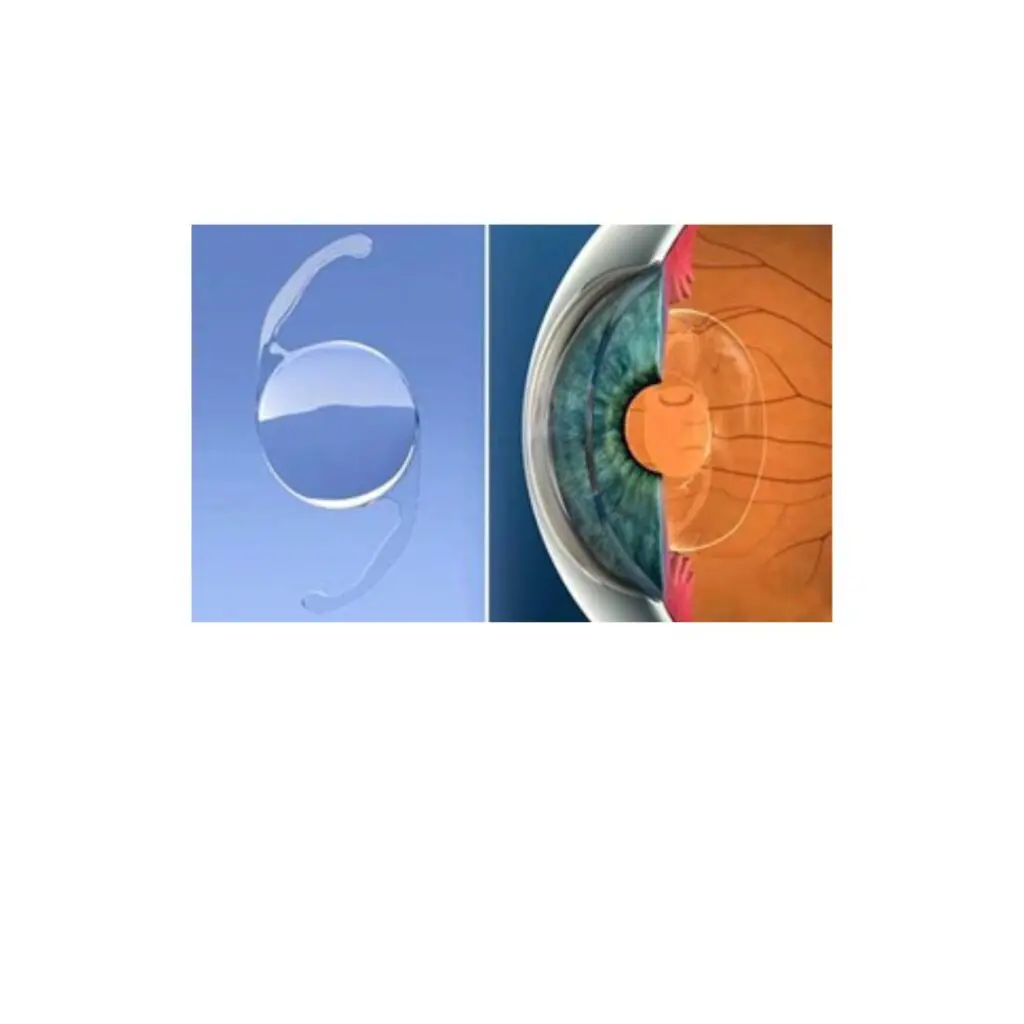
Monofocal Lens
The single focus lens is used in conventional cataract surgery for instance in the NHS and vision is often geared for distance only which means recipients will in all probability require glasses for intermediate and near vision. Monovision is where the lens power can be adjusted to provide near vision in one eye (usually the non-dominant eye) and distance correction in the dominant eye. This provides good depth of focus between the two eyes and is very useful. For many the disparity between the two eyes is a nuisance and not everyone is able to get used to this option of Monovision sometimes also called Blended Vision.
Monofocal Plus
This lens implant provides a greater range of focus than a standard monofocal implant. It is useful as an alternative in those not suitable for trifocals but wish to have increased range of focus. Distance and intermediate vision are often good however for near vision glasses are still required. A micro-monovision arrangement sometimes is used with one eye made very slightly myopic providing improved near vision with both eyes open.
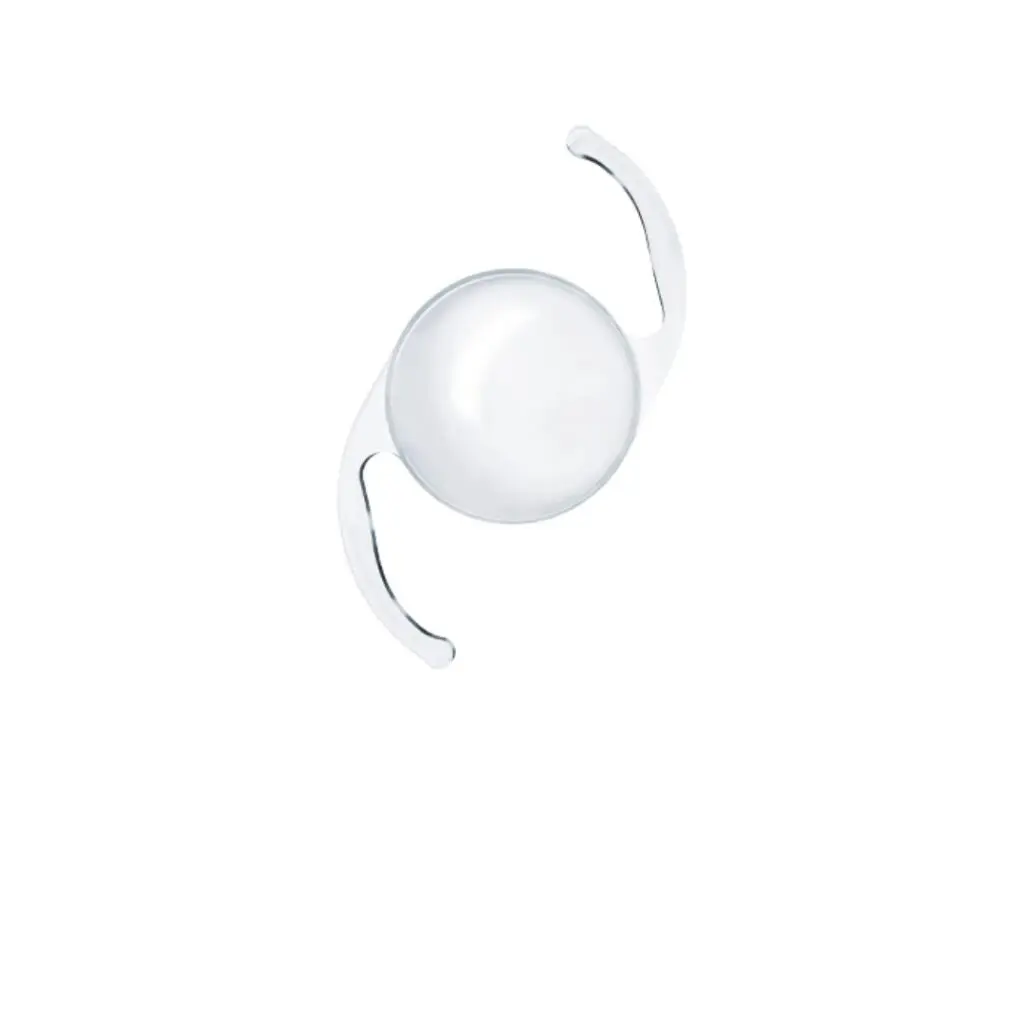
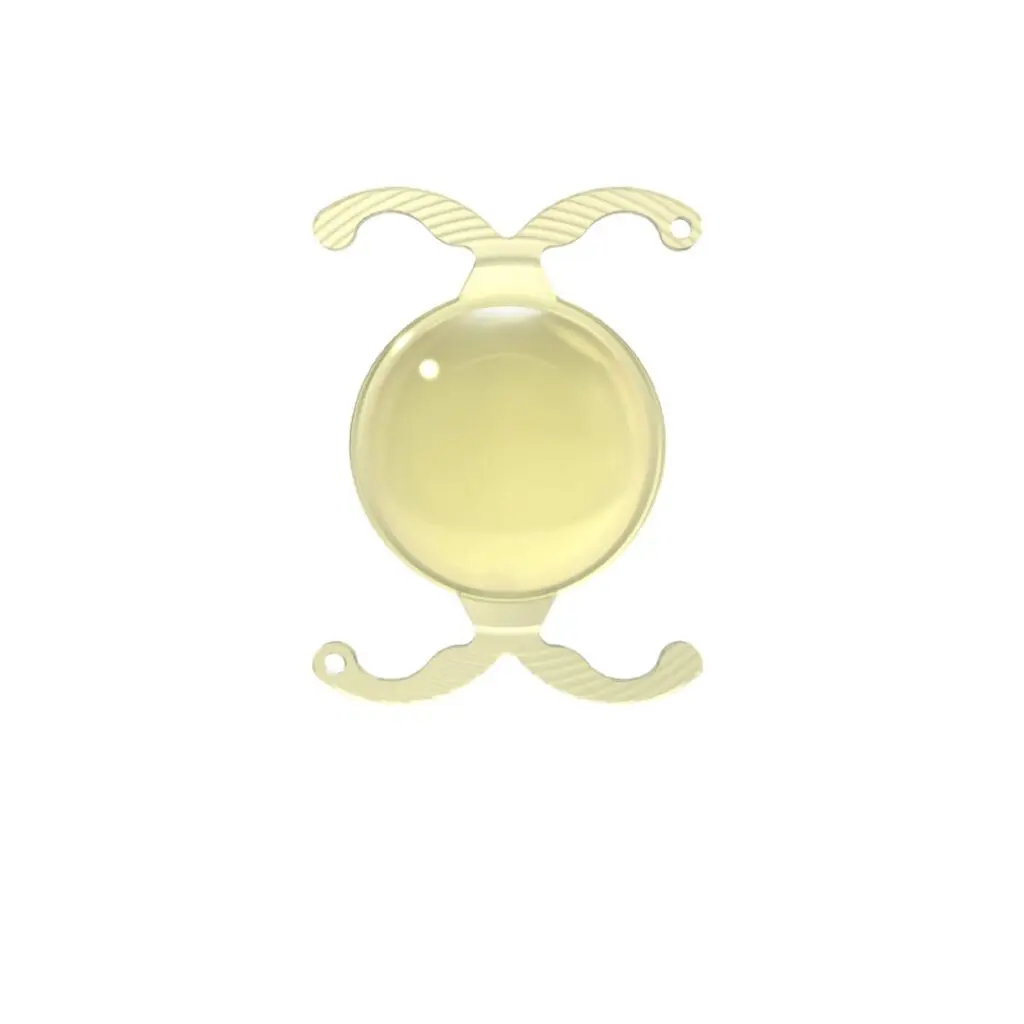
SERENITY and SERENITY Toric Intraocular Lenses
We are excited to announce the arrival of the new SERENITY and SERENITY Toric intraocular lenses in the UK. These advanced lens implants are designed to give patients an increased range of focus and clear vision after cataract and lens replacement surgery. These next-generation lenses use innovative non-diffractive ISOFOCAL technology to provide excellent distance vision with improved intermediate focus, helping reduce the need for glasses. For patients with astigmatism, the SERENITY Toric offers precise correction with exceptional stability.
We are proud to share that Centre for Sight Medical Director Mr. Sheraz Daya was the first surgeon in the UK to implant these lenses, marking another milestone in delivering world-class eye care.
Declaration: Mr Sheraz Daya is an advisory consultant to BVI the manufacturer of the Serenity and FINEvision lenses
EXTENDED DEPTH OF FOCUS (EDOF) LENS
Poorly termed, this lens like a Monofocal Plus increases the range of focus but with slightly better performance. The term EDOF comes from photography and a confusing term. Centre for Sight doctors in collaboration with the American European Congress of Ophthalmic Surgery (AECOS) have devised a new international terminology to address this confusion.
This article published in Cataract and Refractive Surgery Today- Europe “Let’s speak Lenspeak” authored by medical director Sheraz Daya provides some insight.
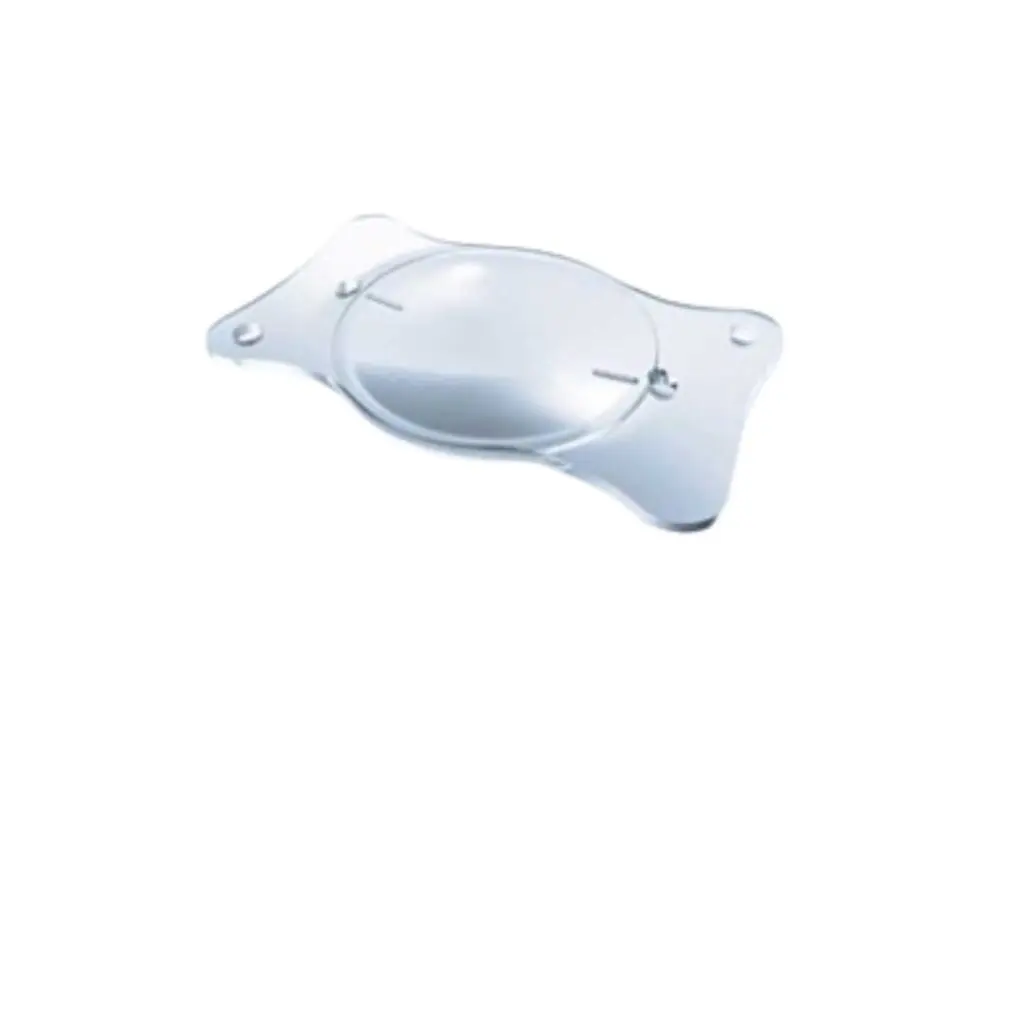
Toric Lens
This is a lens that has astigmatism built in to the implant and used in those with astigmatism on their cornea of 1.25D and above. For those with less astigmatism, limbal relaxing incisions are at Centre for Sight performed using the laser employed in Lens replacement surgery. Toric lenses have to be specially ordered and sometimes need to be manufactured to suit the individual eye. This may increase the lead time for surgery. Toric lenses are available in combination with both Monofocal and Trifocal lenses.
References
These articles below review the AECOS Nomenclature for Lenses proposed by Centre for Sight surgeons Sheraz Daya and David Shahnazaryan.
https://crstodayeurope.com/articles/feb-2021/lets-speak-lenspeak/
https://theophthalmologist.com/subspecialties/clear-cut-classification